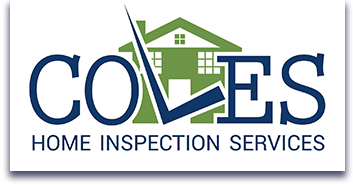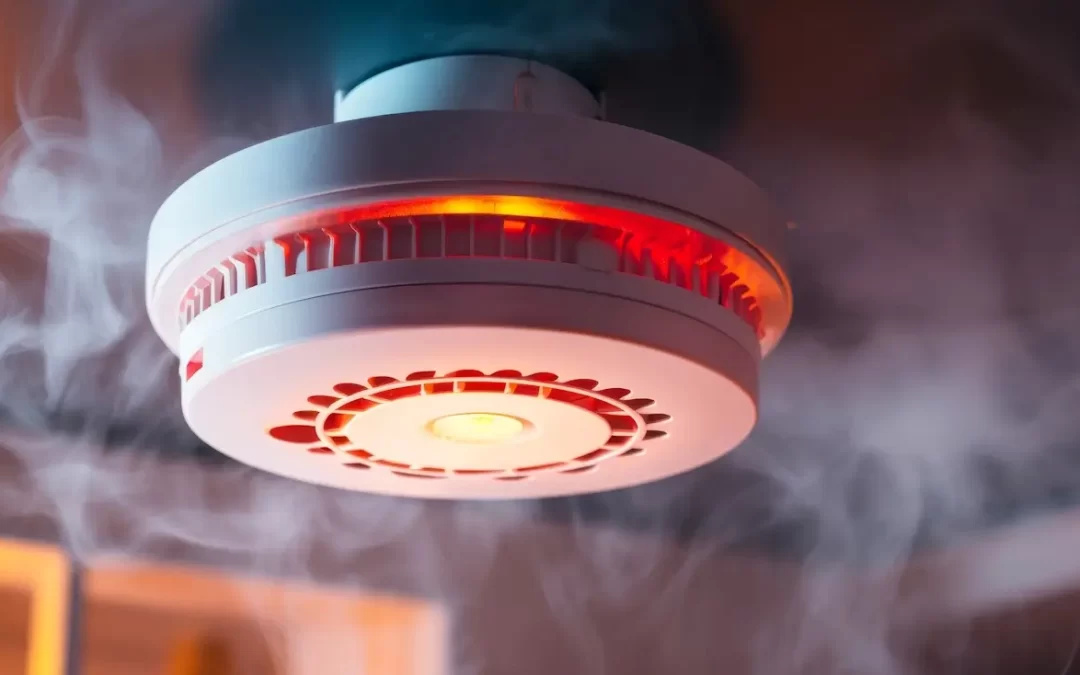Smoke detectors in the home alert your family to the first signs of a fire. These small devices are inconspicuous but essential for a safe dwelling. The first step to boost safety is understanding the best practices for smoke detector installation and maintenance.
Here are helpful tips on smoke detector placement and ways to ensure the devices in your home are in good working order.
Why Smoke Detectors Are Essential
Fires can occur unexpectedly and spread quickly. Efficient smoke detectors can be the difference between a close call and a devastating loss. They provide an early warning, allowing you and your loved ones time to escape the home and call for help. Even a few extra seconds can save lives and property.
Selecting Smoke Detectors for Your Home
Before installing smoke detectors, choose the right devices for your home. There are two primary types of smoke detectors: ionization detectors and photoelectric models.
Ionization smoke detectors are more responsive to flaming fires, usually fueled by paper or kitchen grease. They detect particles generated by high heat that come with fast-spreading fires.
Photoelectric smoke detectors sense smoldering fires that emit larger smoke particles. These detectors use a light source that triggers the alarm when disrupted by smoke.
Dual-sensor detectors combine both technologies for the most comprehensive protection.
Installation Tips
When installing smoke detectors in your home, make sure there is at least one device on every level of the house, including the basement. Because family members are less alert in their bedrooms, alarms should be placed in every bedroom and outside each sleeping area. Below are tips for smoke detector placement:
- To reduce the likelihood of false alarms, install the kitchen smoke detector between 10 and 12 feet from cooking appliances.
- Because smoke rises, ceiling placement is ideal. Install the device at least 4 inches from the nearest wall when installing on the ceiling.
- If you’re installing a wall-mounted alarm, it should be four and 12 inches from the ceiling.
- Don’t install smoke detectors near windows, doors, or HVAC vents where drafts might interfere with their operation.
Smoke Detector Maintenance
Here are a few helpful tips to keep your smoke detectors in working order.
- Test each alarm monthly by pressing the test button and listening for the alarm.
- Replace batteries at least once a year.
- Clean smoke detectors regularly by dusting or using a vacuum attachment over the unit’s exterior.
- Replace the entire smoke detector unit every ten years or per the manufacturer’s recommendations.
A Note on CO Detectors in the Home
While focusing on smoke detectors, check your carbon monoxide (CO) detectors. CO is an odorless, colorless gas that can cause sudden illness and death. Install at least one CO detector on each level of your home and near sleeping areas. Test these devices monthly to ensure the alarm will sound.
Installing and maintaining smoke detectors is crucial for a safe home. With these tips, you help protect your home and family. Stay safe, be prepared, and enjoy peace of mind knowing your home has well-maintained smoke detectors.
FAQs
Can smoke detectors detect carbon monoxide (CO) gas, or do I need separate detectors for CO?
Smoke detectors detect smoke particles, not carbon monoxide gas. Therefore, separate carbon monoxide (CO) detectors are needed to alert occupants to the presence of this odorless gas.
Are there special considerations for installing smoke detectors in large or multi-story homes?
Install smoke detectors on every level of a multi-story home, including the basement. Interconnect the smoke detectors to trigger all alarms when one detects smoke.
What should I do if my smoke detector frequently gives false alarms?
If your smoke detector frequently gives false alarms, relocate the device away from sources of steam or cooking fumes. Verify the detector is installed according to manufacturer guidelines and keep it clean to prevent dust or debris from triggering false alarms.
Can I install smoke detectors in areas where temperatures fluctuate significantly, such as near fireplaces or heating vents?
No, extreme heat or cold can affect the detector’s performance. Instead, place detectors in areas with relatively stable temperatures to ensure accurate operation.
Can I connect my smoke detectors to a home security system for added safety?
Yes, many modern smoke detectors are compatible with home security systems. You can connect smart devices to your smartphone to receive alerts and monitor the safety of your home.
Cole’s Inspection Services provides professional home inspections to customers in Statesville, NC, and the surrounding area. Contact us to request our services.

